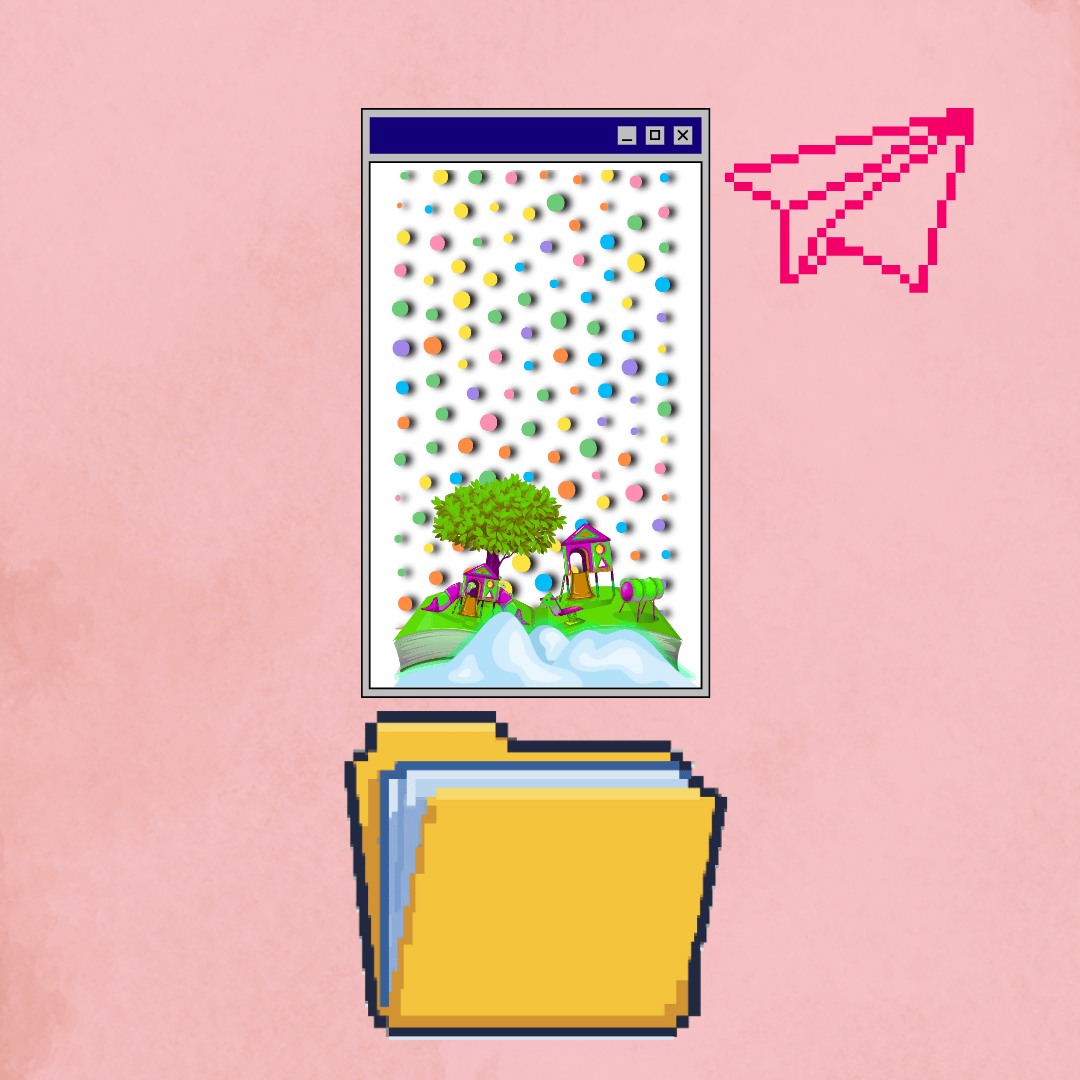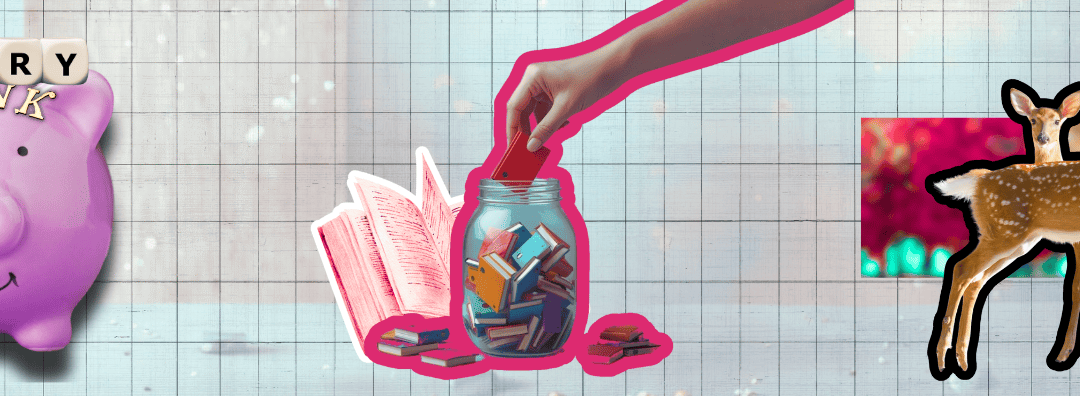Stories appear in hallways, gatherings, Zoom chats, then vanish. A storybank keeps them alive. It’s your shared memory: who, what changed, where assets live, and how they can be used. Capture once, tag well, and future-you can publish faster, with care, without starting from zero—even when staff turn over or deadlines loom.
Stop hunting for stories the night before a deadline. Build a storybank and make storytelling an always-on system. Capture once, reuse often. Create tags for program, theme, audience, permission level, and assets (photo/audio consent, language, attribution). Pair your storybank with an editorial calendar and light governance: who approves, who reviews, what changes are allowed by channel. Aim for five ready-to-publish micro-stories per program each quarter. Over time, the bank becomes an internal memory: it trains new staff, fuels grant writing, and reduces burnout because you’re not starting from zero. The goal isn’t volume; it’s findability and care.
The “Scramble” vs. The System
We all know the “scramble.” It’s 4:00 PM on a Tuesday, a grant report is due tomorrow, and you are frantically slacking program managers asking, “Do we have a quote from a student in the spring cohort?” or “Where are those photos from the ribbon cutting?”
This reactive approach treats stories as disposable commodities—single-use items that are consumed and forgotten. A storybank flips this dynamic. It treats stories as assets that gain value over time. When you treat storytelling as a system rather than a task, you solve three distinct organizational problems:
- The Memory Gap: When a long-time staff member leaves, they often take the organization’s narrative history with them. A storybank preserves that institutional knowledge.
- The Efficiency Trap: constantly reinventing the wheel leads to creative burnout. A bank allows you to “upcycle” content, turning an interview transcript into a blog post, a social caption, and a donor email without re-interviewing anyone.
- The Ethical Standard: Rushing leads to mistakes. A bank allows you to carefully document consent, attribution preferences, and context, ensuring you never tell a story in a way that harms the subject.
Capture Once, Tag Well
The magic of a storybank isn’t in the software (a simple Airtable base, Trello board, or Excel sheet works fine); it is in the taxonomy. If you can’t find it, you don’t have it.
To make your “future-you” happy, you need a robust tagging system. Every entry in your bank should include the raw asset (audio, transcript, photo) and the following metadata tags:
- The Basics: Program Name (e.g., Youth Mentorship), Date, and Location.
- Thematic Tags: These connect the dots across programs. Tags like “Resilience,” “Community Leadership,” or “Systemic Barriers” allow you to pull three different stories from three different programs that all illustrate the same point for a specific campaign.
- Audience Match: Who does this story resonate with? Tag it “Major Donor Appeal,” “Volunteer Recruitment,” or “Policy Maker Education.”
- Permissions & Ethics (Crucial): This is your safety layer. Use a “Traffic Light” system:
- 🟢 Green: Full consent for public use.
- 🟡 Yellow: Use with conditions (e.g., “Change name,” “No photo,” or “Approval required before publishing”).
- 🔴 Red: Internal learning only; do not publish.
The “currency” of the bank: Micro-Stories
-
The introduction sets a specific goal: five ready-to-publish micro-stories per program each quarter. But what is a micro-story?
A micro-story is not a 1,000-word case study. It is a bite-sized narrative unit, usually 150 to 300 words, that focuses on a single moment of change or conflict. It is a single scene rather than the entire movie.
Examples of ready-to-bank micro-stories include:
- The “Aha” Moment: A three-sentence quote from a program participant about the exact moment they felt confident.
- The Field Update: A photo from a site visit with a caption explaining one specific challenge the team overcame that week.
- The Staff Reflection: A short paragraph from a case manager on why they came to work today.
By aiming for five of these per quarter, you build a reservoir. When you need a newsletter intro, you pull one. When you need a slide for a board deck, you pull another. You are no longer writing from scratch; you are curating from abundance.

Light governance: Who approves?
-
A storybank dies if it becomes a bureaucracy. If it takes three weeks to get a tweet approved, your team will stop using the bank. This is where “light governance” comes in.
You need a clear, pre-agreed workflow that separates Asset Approval from Channel Approval.
- Asset Approval (The “Bank” Entry): This happens before the story enters the bank. A Program Director or Communications Lead reviews the raw story to ensure it is accurate and safe to tell. Once it enters the bank tagged “Green,” it is pre-approved, you can use it whenever you want.
- Channel Approval (The “withdrawals”): Because the assets in the bank are already vetted, the approval process for using them should be fast. Here are some examples and you can set your own rules.
- Social Media: No approval needed if using “Green” assets.
- Donor Emails: Light review by Fundraising Director for tone, not accuracy (accuracy was checked at the entry stage).
- Annual Report: Executive review.
Pair this with an Editorial Calendar. The calendar dictates when you withdraw from the bank. If you know November is “Housing Awareness Month,” you can search your bank for the tag “Housing” in October, pull your best three micro-stories, and slot them into the calendar.
Conclusion: Findability is Care
Ultimately, a storybank is an act of care. It cares for your staff by reducing the stress of last-minute demands. It cares for your storytellers by respecting their boundaries and ensuring their words aren’t lost or misused. And it cares for your mission by ensuring that the powerful work you do is captured, remembered, and shared effectively.
Don’t wait for the perfect software or the perfect time. Start today. Create a folder, define your tags, and save your first story. Future-you is already thanking you.
Author Bio
Ali Zaraket brings over 15 years of experience in nonprofit communication, documentary making and journalism to his role as Lead Communication at YAMM Services Inc..
With a background in journalism and commitment to social activism, Ali is deeply passionate about helping nonprofit organizations effectively communicate their mission and engage with key stakeholders.
Throughout his career, Ali has provided communication strategy and training to hundreds of professionals from a wide range of disciplines. When he’s not working with clients, you can find Ali volunteering for local nonprofits, or spending time outdoors with friends and family.


